Life on a Riverboat
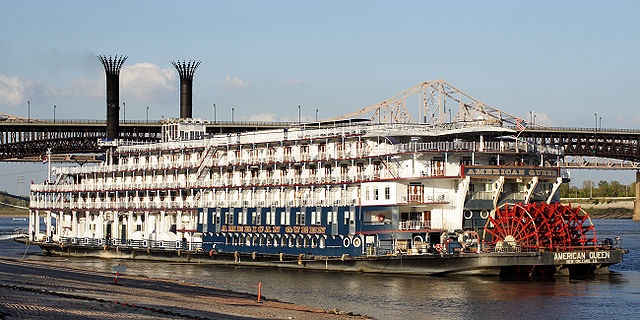
American Queen is said to be the largest river ever built. The ship was built in 1995 and is a six-deck recreation of a classic Mississippi riverboat, built by McDermott Shipyard for the Delta Queen Steamboat Company. The American Queen's stern paddlewheel is powered by a genuine steam plant. [2]
Paddle Wheel
The movement of the paddle wheel on a river boat provides the momentum and propulsion to move the river boat. The paddle wheel is a large steel framework wheel. The outer edge of the wheel is fitted with numerous, regularly-spaced paddle blades (called floats or buckets). The bottom quarter or so of the wheel travels underwater. An engine rotates the paddle wheel in the water to produce thrust.[3]
Smoke Stacks
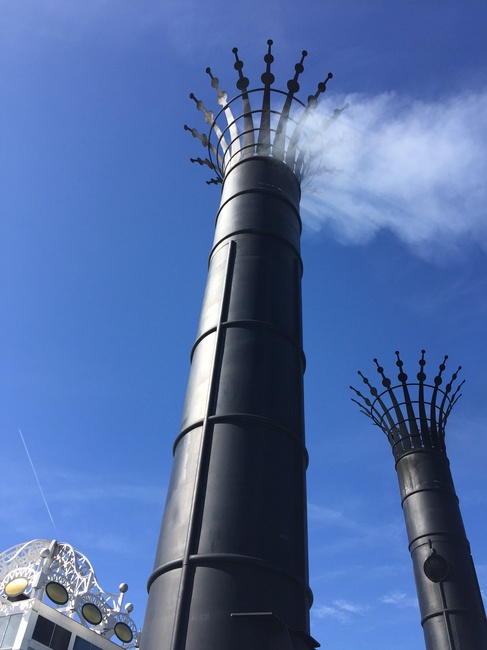
These stacks do more than just blow smoke! Did you know that the smoke stacks on a river boat can lie down? When traveling under low bridges, river boats will lower their smoke stacks.
Steam Calliope
A calliope is a musical instrument that produces sound by sending a gas, originally steam or more recently compressed air, through large whistles. Calliopes are typically very loud. Even some small calliopes are audible for miles. There is no way to vary tone or loudness. The only expression possible is the timing and duration of the notes. Steam calliopes were commonly used on riverboats. The steam generated by the propulsion boiler is used to create the sound. The pitch of each note is affected by the temperature of the steam, resulting in the off-pitch notes that are trademark of the steam calliope. [4]
Steam Whistle
A steam whistle is an essential piece of a steam-powered riverboat. The steam whistle is powered by the steam produced by the boat engine.
Docking
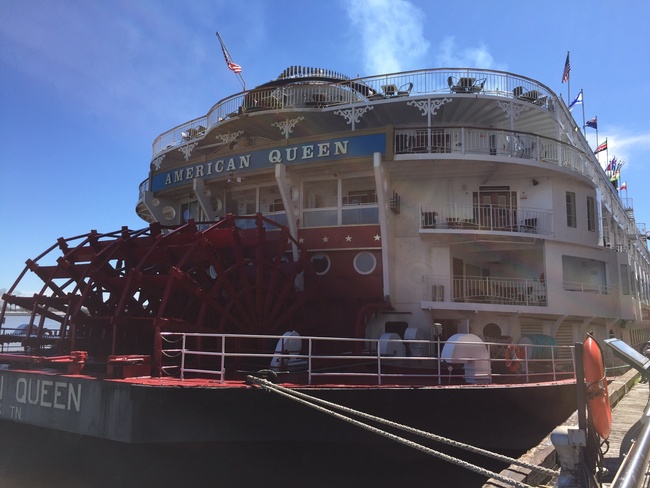
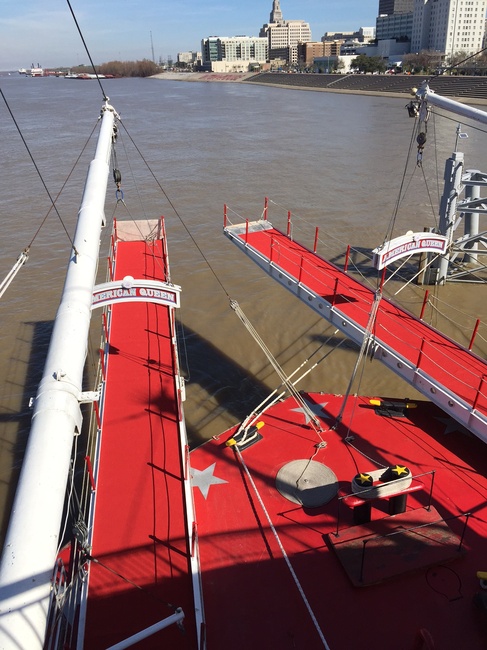
The riverboat uses gangways to uses gangways to embark and disembark passengers.
Interior
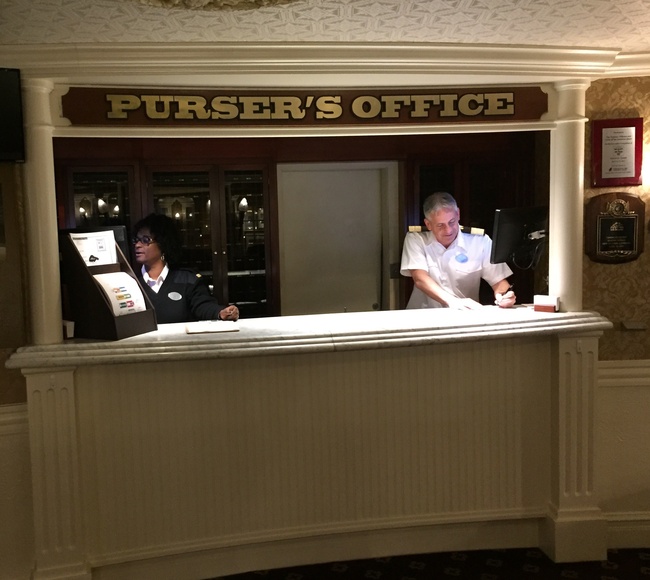
On the River
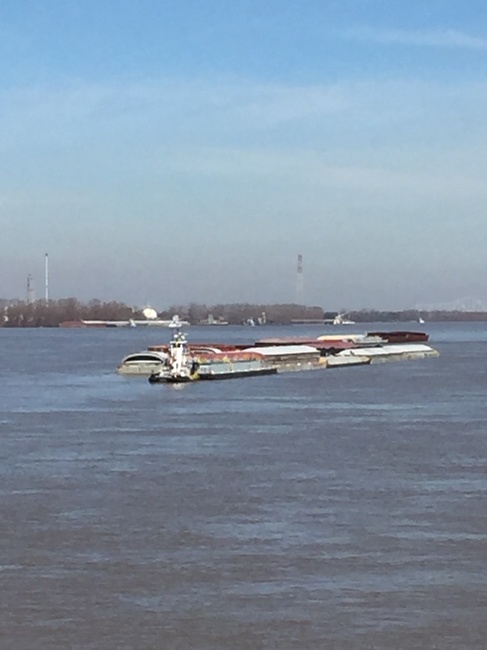
Why do tow boats push instead of of pull? A tow boat is a boat that pushes a tow--a group of boats--up and down the river. This is why they are called 'Tow Boats'. Pushing gives the tow boat captain more control over the load.
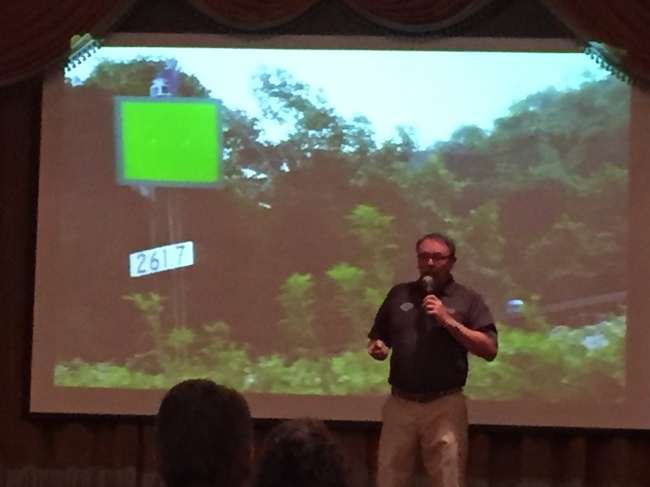
The Mississippi River has occasional mile markers along the shore, although they may be hard to spot so pull out those binoculars!
Safety
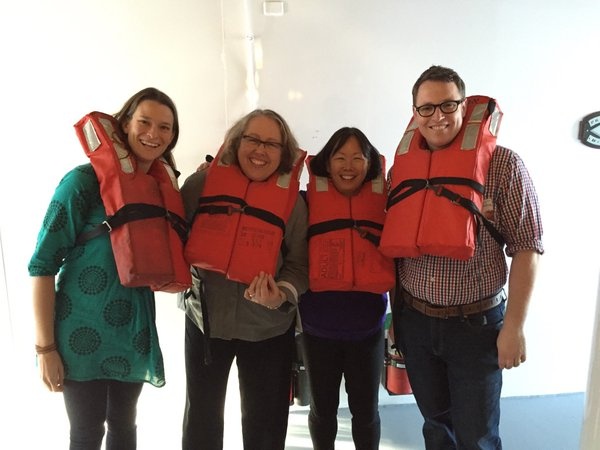
The safety drill is an critical piece of any river boating experience. Step one is learning how to properly adjust your life jacket.
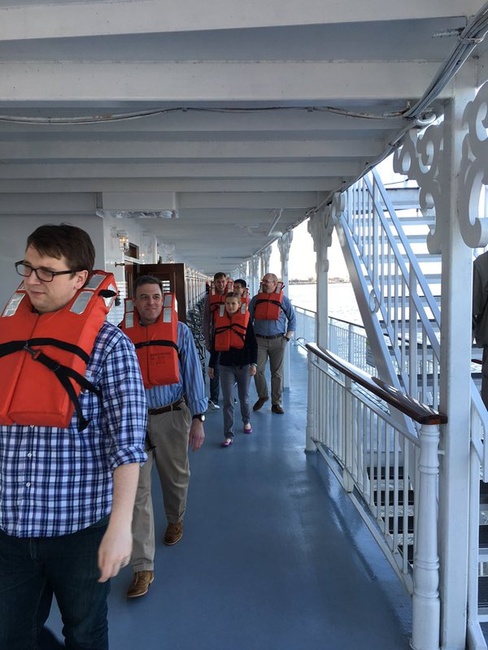
Step 2 of the safety drill is finding your muster station, or gathering place for easy off-boarding.